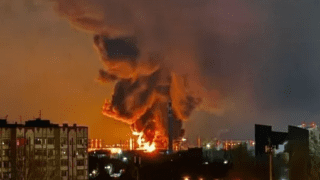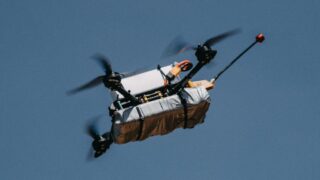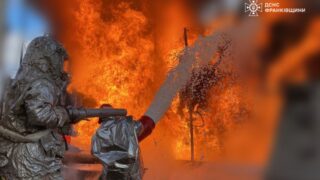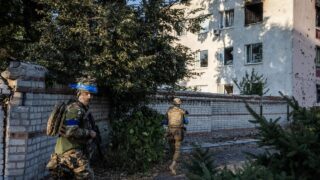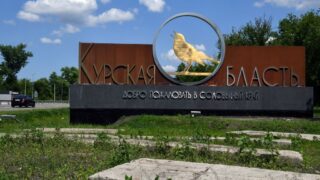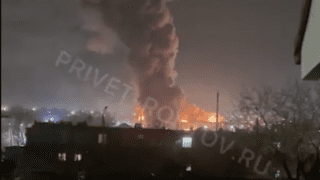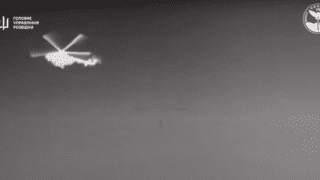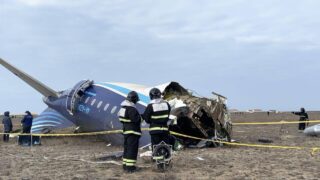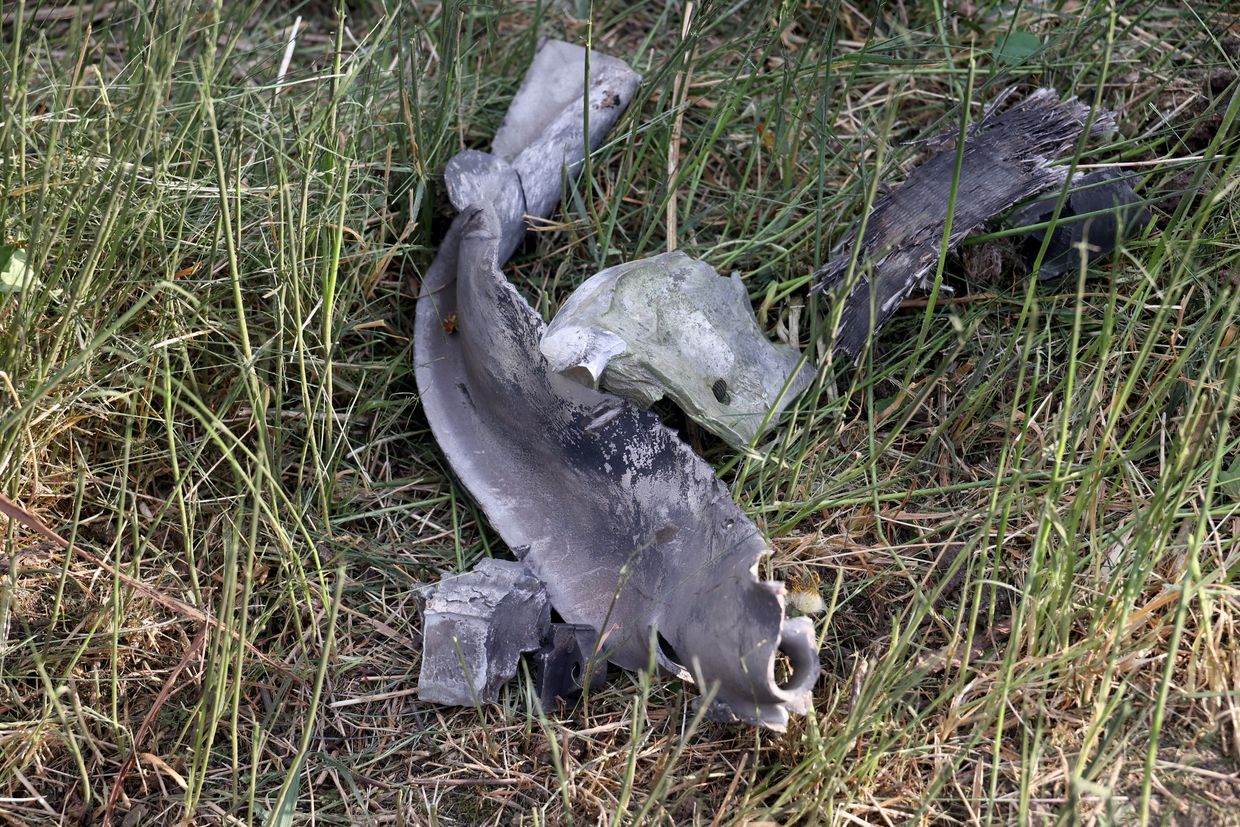
Russian guided bomb attacks fall sharply after ATACMS, Storm Shadow strikes, analysts say
Russian attacks against Ukraine with guided aerial bombs have fallen over 50% since Western partners allowed Kyiv to target Russia with long-range missiles, the independent Russian outlet Agentstvo reported on Dec. 12, citing reports from the General Staff.
U.S. President Joe Biden gave Ukraine the green light to attack Russian territory with ATACMS missiles in mid-November. Within days, Kyiv reportedly also launched British Storm Shadows into Russia for the first time.
Russia carried out heavy guided bomb attacks against Ukraine from Nov. 1-20, Agentstvo reported, citing daily updates from the General Staff of Ukraine's Armed Forces. Russia dropped at least 100 guided aerial bombs per day during that period, with the exception of only one day.
Those numbers fell significantly after Nov. 20, according to General Staff reports. Russia dropped 138 guided bombs on Nov. 20, marking the last time that the Russian Aerospace Forces targeted Ukraine with over 100 bombs in a single day.
Russian aircraft have launched fewer guided bombs on Ukraine in the first 12 days of December. The number of bombs topped 50 on only five days, according to the General Staff. The average number of bombs per day is now 40 or fewer.
Oliver Alexander, an open-source intelligence (OSINT) analyst, said the decrease was likely due to the threat long-range missile attacks posed to Russian airfields.
The Russian military may have been forced to move their Su-34 aircraft farther than 600 kilometers from the front line to avoid ATACMS strikes, affecting "maintenance, sorties rate, and flight hours," he said in a post on X.
Guided aerial bombs are precision-guided munitions that have a shorter range than missiles, but are far cheaper to produce. President Volodymyr Zelensky lobbied aggressively for long-range strike permissions, in order to target Russian military airfields amid intensifying aerial attacks.







